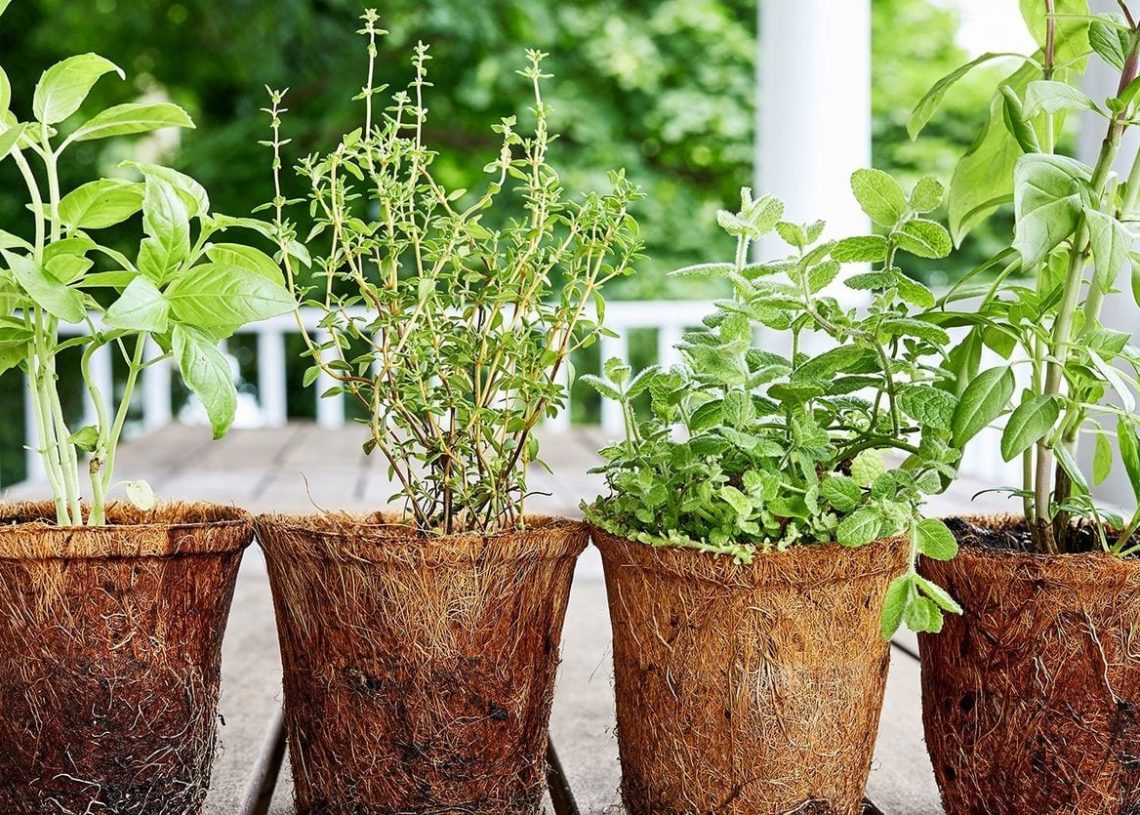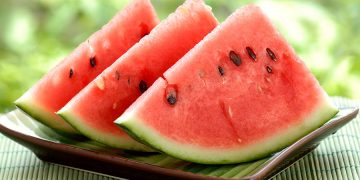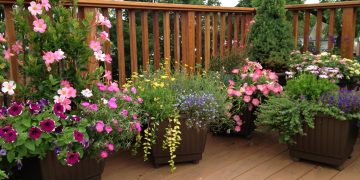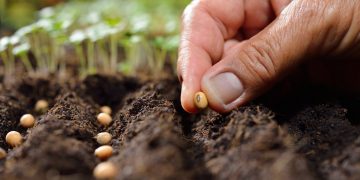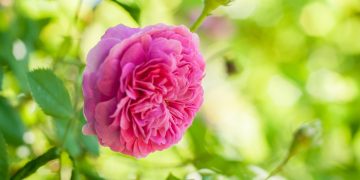If you feel inclined, take a moment before harvesting the appreciate your plants. They have worked hard to offer so much goodness to the world and gratitude is good therapy.
Cut herbs for tea with clean, sharp pruners first thing in the morning, before the day heats up. This will maintain the most freshness in the leaves as well as cause less stress to the plant. If you are using leaves for tea, cut the stem off the plant and then remove the leaves from the stem (as opposed to plucking leaves off the plant and leaving it with bare stems).
Some herbs, like mint, lemon balm, and basil, can handle having one third of the plant removed. Cut the stems down to one third of the full height, just above a set of leaves. The plant will send out new shoots from the cut branch making a fuller, bushier plant.
When using flowering herbs for tea, wait until the flowers are fully formed and remove all of the flower heads that are mature. Avoid harvesting the buds for chamomile and calendula (go for open flowers instead), but harvest the buds before they bloom when cutting lavender.

All herbs are different, so for best results research the best practices to harvest the particular herbs that you are growing.
Herbs can be steeped directly in water and then strained out when you store the tea for the rest of the day. Or you can use a variety of different products to contain the tea: paper tea filters, tea balls, a tea pot with a tea filter, or even a coffee press.
Hot Tea
To make hot tea, pour water that has just reached boiling over the herbs in a large tea pot and steep. Strain out the herbs and pour the tea into a large thermos to keep it piping hot throughout the day. Tea should be drunk or discarded by the end of the day (12 hours).
Iced Tea
To make iced tea, pour water that has just reached boiling over the herbs in a large tea pot and steep. Strain out the herbs and pour the tea into a glass bottle and move to the refrigerator. Iced tea will stay fresh in the refrigerator for 3-5 days.

